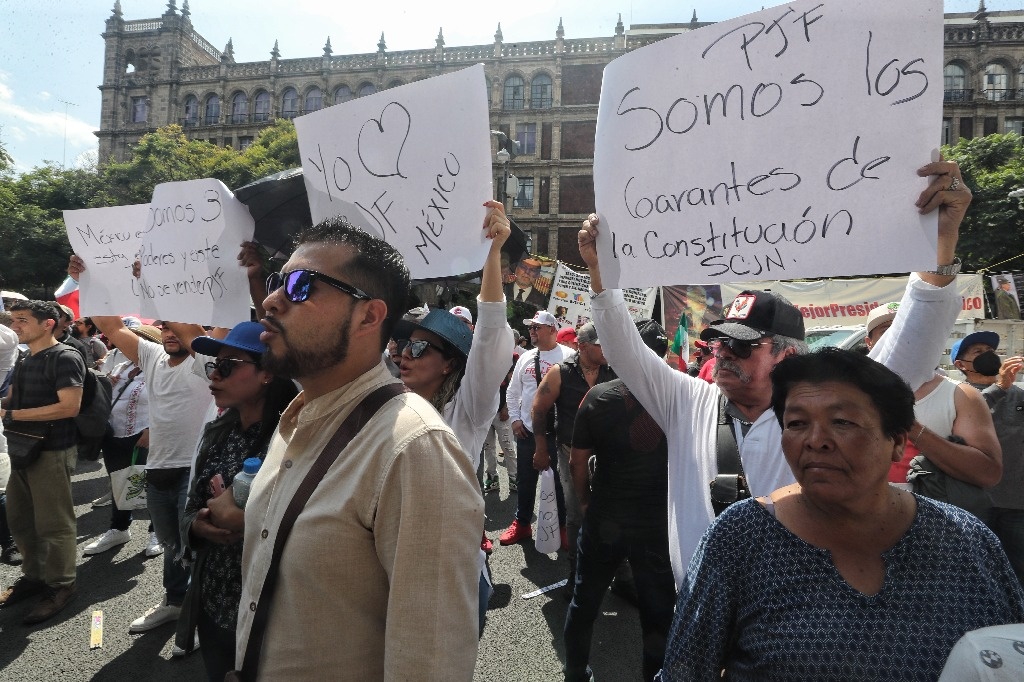The Benito Juárez Basic Education Scholarship Program for Well-being, implemented during this administration, reduced the school dropout rate between 2019 and 2022, both in low and high marginalization communities, and also contributed to reducing failure rates, reported the National Council for the Evaluation of Social Development Policy (Coneval).
According to an impact analysis of the program, dropout rates were lower in schools with a higher proportion of scholarships, falling by 0.48 percent in primary school and 1.89 percent in secondary school during the period mentioned.
In the document presented yesterday, Coneval explained that the dropout and failure measurements only extend to the 2021-2022 cycle, since at the time the evaluation was made, the statistics for the end of the 2022-2023 cycle were not available.
At a press conference, Abraham Vázquez Piceno, national coordinator of the Benito Juárez Scholarship Program for Well-Being, said that in municipalities with low marginalization, basic education schools favored a reduction in dropouts of 1.05 percent on average, attributable to the provision of the scholarship.
The same occurred in primary, secondary and general primary schools, where the decrease was 0.48, 2.33 and 1.06 percent, respectively.
Vázquez highlighted that in municipalities with high marginalization, the dropout rate decreased by 0.78 percent in basic education schools and 1.18 percent in indigenous primary schools.
The scholarship program is one of the nine welfare policies established in the 2019-2024 Development Plan and consists of support of 875 pesos for each of the 10 months that the school year lasts.
Schools located in areas with high or very high levels of marginalization, with fewer than 50 inhabitants or a population with 40 percent or more indigenous language speakers are priorities for this program.
According to the document Impact Evaluation of the Benito Juárez Basic Education Scholarship Program for Well-being, although the number of years of schooling of the population has been increasing and illiteracy has decreased, only 28 out of every 100 students who begin their studies complete higher education.
The data is very heterogeneous between the federal entities, as there is a gap of 40 percentage points between Mexico City, where 52 students graduate out of every 100, and Chiapas and Oaxaca, where only 12 students graduate.
In 2022, 19.4 percent of the population had an educational gap. Around 25.1 million people are not guaranteed the years of schooling at the ages at which they must complete the level considered compulsory.
Compared to 2018, the percentage of the population with educational gap increased from 19 to 19.4, which is equivalent to an increase of 1.6 million people.
#Scholarships #reduce #dropouts #basic #education #Coneval
– 2024-09-04 09:15:04


